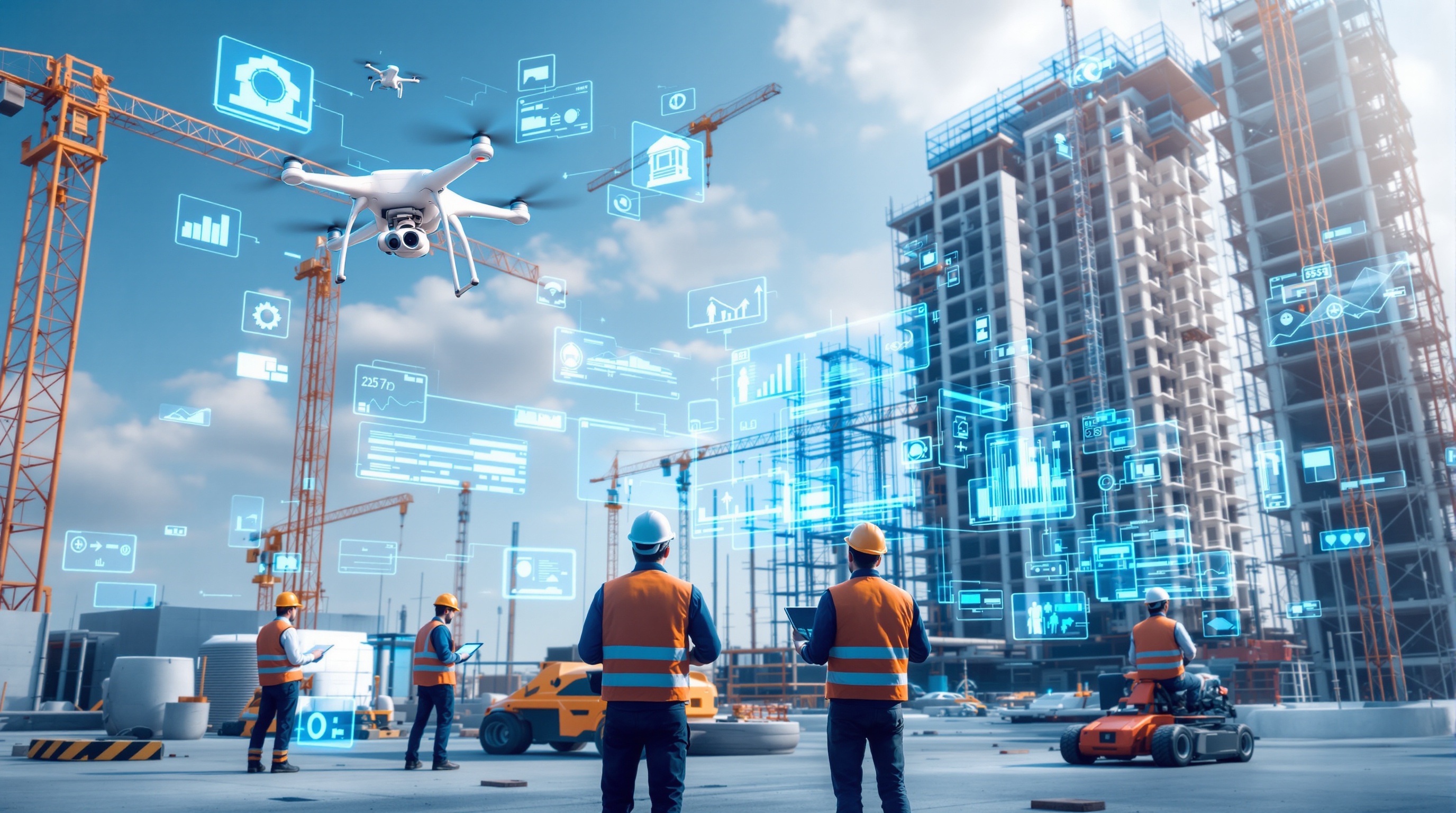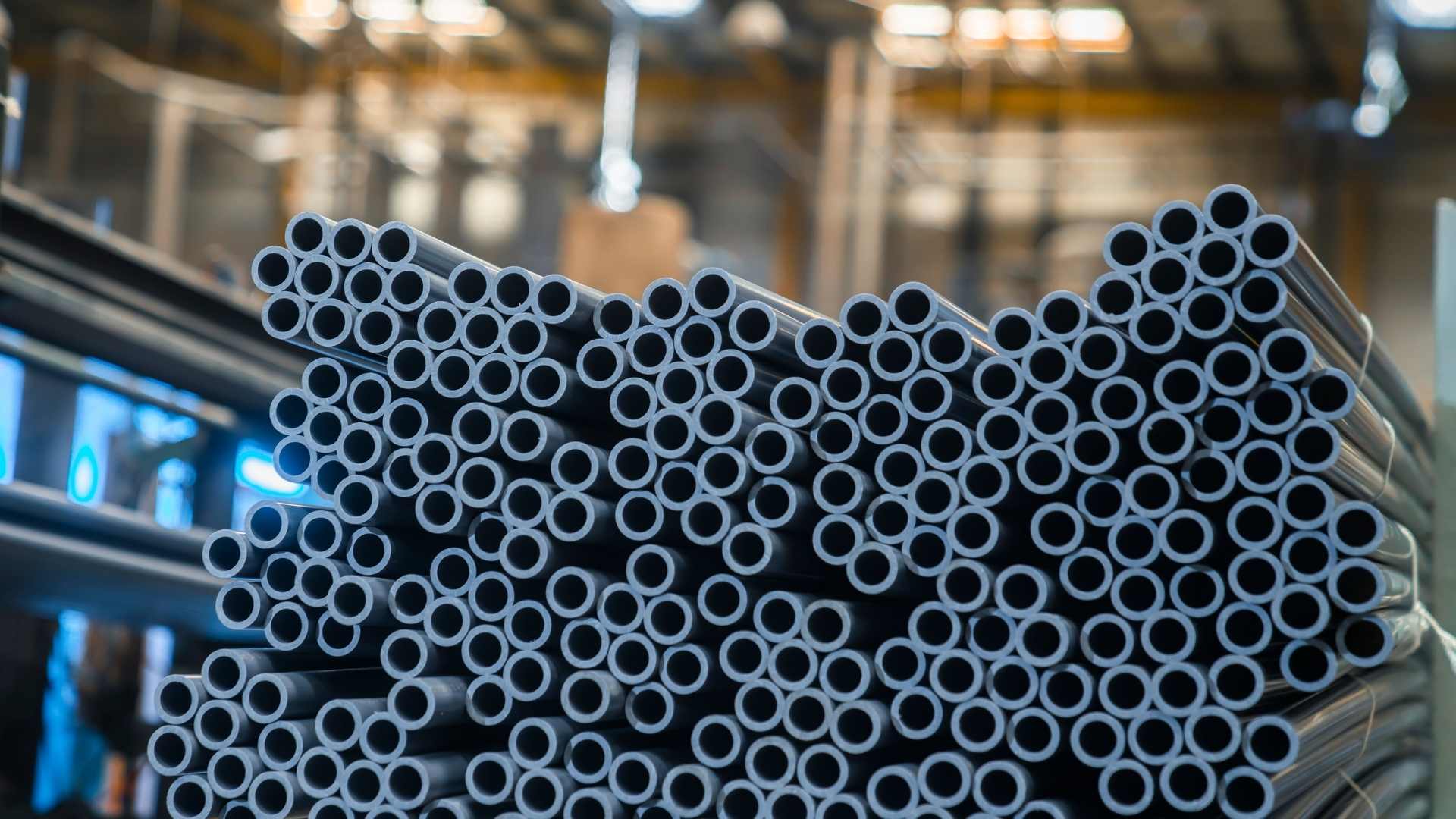Importance of Green Building in today's world
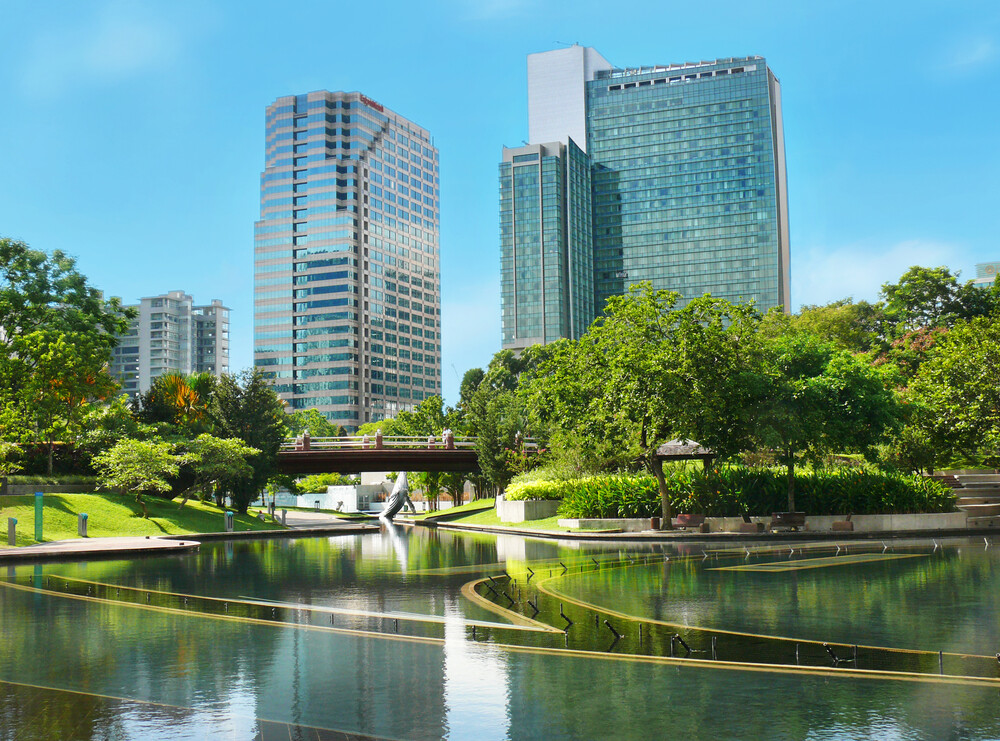 source: greenbuildinginsider.com
source: greenbuildinginsider.com
Green building, also known as sustainable building or green construction, has its roots in the early environmental movement of the 1960s and 70s. At this time, concerns were raised about the impact of the built environment on the natural environment and public health.
The term "green building" was first used in the 1980s, but it wasn't until the 1990s that the concept gained traction. In 1993, the U.S. Green Building Council (USGBC) was founded, with the aim of promoting sustainable building practices and creating a rating system for green buildings. This rating system, called Leadership in Energy and Environmental Design (LEED), has become the most widely used certification system for green buildings worldwide.
In the early 2000s, green building practices began to gain momentum in response to growing concerns about climate change. This led to increased investment in research and development of sustainable building materials and technologies.
Today, green building is a global movement, with countries around the world adopting green building standards and regulations. The focus is not only on reducing the environmental impact of buildings but also on creating healthy and comfortable indoor environments for occupants.
The history of green building shows how environmental concerns have driven innovation in the construction industry, leading to more sustainable and healthier buildings. As the world continues to grapple with climate change and other environmental challenges, green building practices will likely continue to evolve and become more widespread.
Green buildings are becoming increasingly important in today's world due to their positive environmental impacts. Green buildings reduce the amount of energy and water used, minimize waste, reduce air and water pollution, conserve natural resources, and protect the health of their occupants. They also have a positive impact on the local economy, providing job opportunities and increasing property values.
Green building is important for several reasons, including the following:
- Environmental Sustainability: Green buildings are designed to minimize their impact on the environment. They use renewable resources, such as solar and wind energy, to reduce greenhouse gas emissions and conserve natural resources like water.
- Energy Efficiency: Green buildings are designed to be highly energy-efficient, reducing the amount of energy needed to operate them. This not only saves money on energy bills, but also helps reduce the overall demand for energy, which can help reduce greenhouse gas emissions and combat climate change.
- Health and Well-being: Green buildings are designed to promote the health and well-being of their occupants. They use natural lighting, improve indoor air quality, and incorporate green spaces, which have been shown to improve mental health and productivity.
- Economic Benefits: Green buildings can provide economic benefits to building owners and tenants. For example, they can reduce energy and water bills, improve property values, and attract tenants who value sustainability.
- Long-term Sustainability: Green building practices can help ensure the long-term sustainability of our built environment. By reducing the impact of buildings on the environment, we can help preserve natural resources for future generations.
In the Philippines, green building practices are becoming increasingly popular as more people become aware of the benefits of sustainable construction. Here are some notable developments in the status of green building in the Philippines:
- Adoption of Green Building Codes: In 2020, the Department of Public Works and Highways (DPWH) adopted the National Building Code of the Philippines, which includes provisions for green building design and construction. This is a significant step towards promoting sustainable building practices in the country.
- Green Building Certifications: The Philippine Green Building Initiative (PGBI) offers green building certifications for projects that meet certain sustainability criteria. The PGBI also offers training and education programs for architects, engineers, and other building professionals to promote green building practices.
- Green Building Projects: There are several notable green building projects in the Philippines, such as the Zuellig Building in Makati City, which is LEED Gold certified, and the Net Zero Energy Building of the Department of Energy in Taguig City.
- Government Support: The Philippine government has shown support for green building initiatives, with agencies such as the Department of Energy (DOE) and the Department of Environment and Natural Resources (DENR) promoting energy efficiency and environmental sustainability in the built environment.
There are several buildings in the Philippines that have been certified as green buildings. Here are some notable examples:
1.Zuellig Building - located in Makati City, this 33-story office building is LEED Gold certified. It features energy-efficient lighting and air-conditioning systems, a rainwater harvesting system, and a green roof.

2.Cebu Exchange - located in Cebu City, this 39-story office building is LEED Gold certified. It features a green roof, energy-efficient lighting and air-conditioning systems, and a rainwater harvesting system.

3.Asian Development Bank Headquarters - located in Mandaluyong City, this 33-story office building is LEED Platinum certified. It features energy-efficient lighting and air-conditioning systems, a green roof, and a rainwater harvesting system.
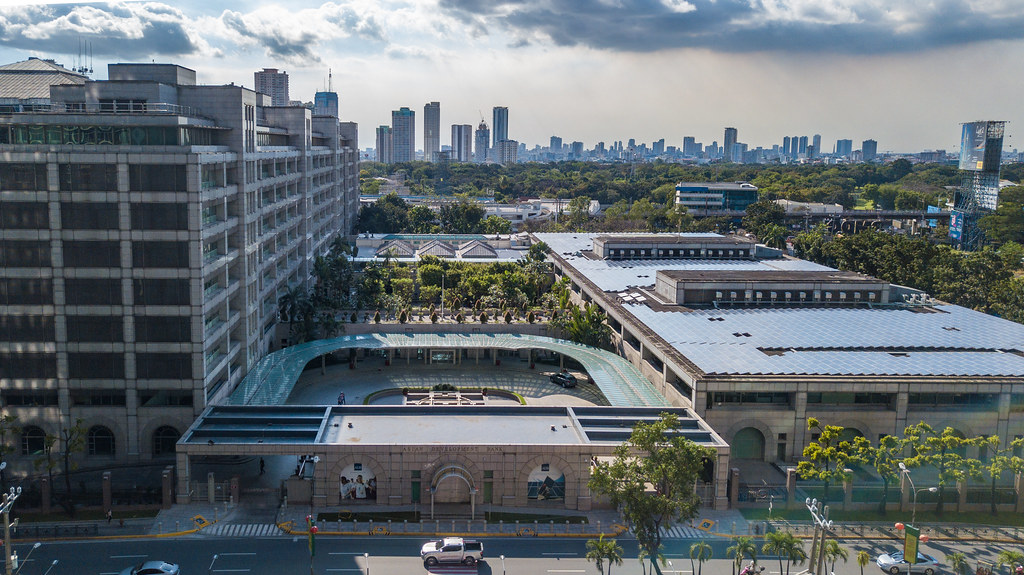
4.Ayala Tower One and Exchange Plaza - located in Makati City, this 35-story office building is LEED Platinum certified. It features energy-efficient lighting and air-conditioning systems, a green roof, and a rainwater harvesting system.
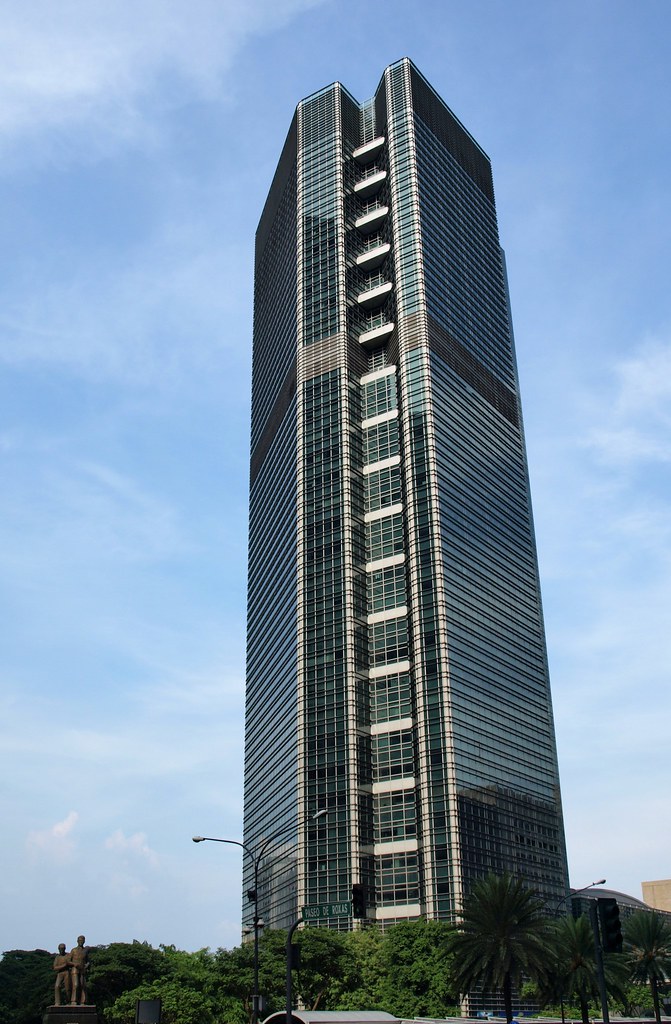
Overall, green building is important for a variety of reasons, from reducing energy and water usage to improving the health of the occupants and reducing pollution. Green buildings are becoming more popular due to their positive environmental and economic impacts, and this trend is likely to continue in the future. While green building practices are still in the early stages of adoption in the Philippines, there are promising developments in the industry, and it is expected that the trend towards sustainability will continue to grow in the coming years.
- #green
- #green building



